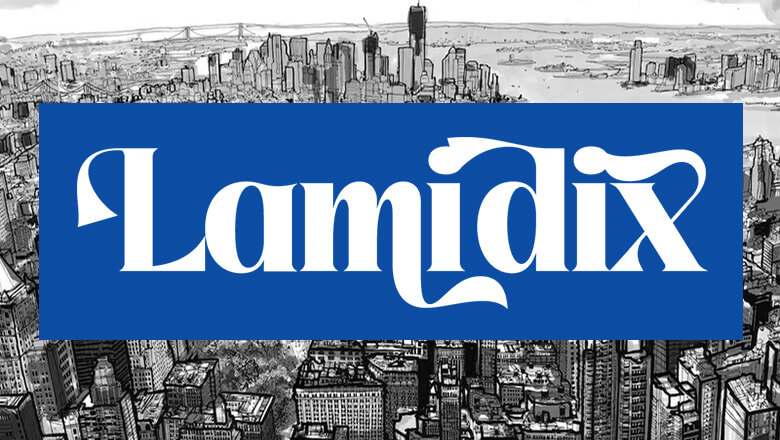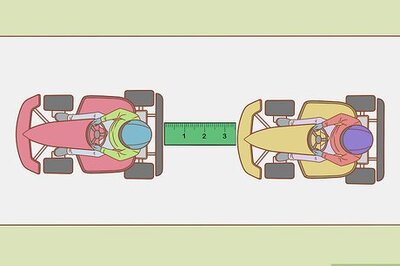
views
THIRUVANANTHAPURAM: Sato Masano Ri folded the small rectangular piece of paper umpteen times, each time with the precision of a loving hand. When done, the peach-coloured paper assumed the shape of a bird. Masano Ri cupped it with both hands and blew into a hole in the bird’s tiny body and it swelled up like a bird in flight. Origami, it seemed to an onlooker, was too full of life to be just paper craft.“In Japan, it is part of our heritage that we pick up while growing up. Children are initiated to the first lessons at home, by parents and elders. And then they learn it at school. Some pursue the art to finer levels. But all of Japan knows a little bit of Origami,” smiles Masano Ri. Employed in the marketing division of the city-based Terumo Penpol, a subsidiary of the Japanese blood bag manufacturing company Terumo Corp, Ri was enjoying showcasing his home country to the city dwellers as part of the ‘Discover Japan’ festival that concluded here at the VJT Hall on Sunday. He was in the city for just over a month now and was glad that a slice of his country was on offer in this distant coastal suburb. Giving Ri company at the demonstration of Origami, the Japanese art of paper folding, was his colleague Nakedo Ayasano Ri. Six months into his stay in Thiruvananthapuram, Nakedo Ayasano Ri was better-informed as to the extent of awareness regarding the art among the city-dwellers. “We make all kinds of shapes, usually out of small rectangular pieces of papers printed on one side with colourful patters,” he explained patiently and held out a small box containing the papers. He had bought them at Singapore and they come in lots of pretty colours and designs and are available everywhere in Japan, Ri told us.The writing on the box was in Japanese, but we could make out the numerical 150X150m printed on the rear indicating the size of the sheets. Masano Ri had made us the most popular figure in traditional Origami, the crane, which had much significance in Japanese mythology. “Sometimes, we make thousand paper cranes and string them together as an offering,” he said. Ri folded his hands and bowed his head to communicate the holiness of the image to the listening foreigners. One of their colleagues, speaking in Hindi but seemingly communicating well with the Japanese friends, was walking around in the head gear that they had made earlier. “This is not an ordinary cap,” said an elderly onlooker from Japan who was watching the parade. He took the cap in his hands and pointed at the paper frills on it. “This is a Japanese Samurai warrior’s helmet,” he said touching the folds as an Origami master would. We soon learned that he was Yoshihiro Kimura, chairman of Terumo Corp, who was at the exhibition brushing up his Origami skills and cheering up the young artists from his country. Neither Masano Ri nor Ayasano Ri were professional Origami artists. “We are like amateur artists who do it just out of interest. Professionals make huge and complex models, sometimes by connecting small Origami shapes together and sometimes out of single sheets of paper,” said Masano Ri. The crane was their personal favourite, agreed both of them, handing us the peach-coloured crane as a gift.




















Comments
0 comment